-

-
How I Met Art.
Mornings with my GrandfatherThe time is 1960.
During the busy mornings of a merchant family in Kyoto-my family, a retired man (my grandfather) and a child (me), were left to our own devices until the first round of breakfast was over. One day, I ventured out of my room, carefully walking down a wooden semi-spiral staircase. At the bottom of the staircase, I found a door (a fusuma-door with a panel of paper inside a wood frame). I opened the door and found myself standing in front of my grandfather's room. I had not known about these "hidden" stairs until that day.
-
The Gate Exhibition
A musing on ToriawaseGATE
Gate is an exhibition between Leonie Guyer's contemporary art and Misako Mitsui's collection of artists and artisans from old Kyoto, Japan. If you are in the San Francisco Bay area, we invite you to the Mitsui Fine Arts Tree House gallery space to meditate in the harmony created by these two visionaries.
-

Newsletter 2: Confection Yokan and In Praise of the Shadows by Junichiro Tanizaki
-
ZUANCHO PT. 1
What is ZuanchoZUANCHO is the Japanese name for design books that were used in Kyoto’s textile industry around 1890 to 1940. The word zu-an-cho consists of three Japanese kanji characters:
ZU ( design or drawing) 図+ AN (idea)案+ CHO帳 = Book of Design Ideas.
Kimono dealers, their clients, and the craftsmen who dyed, wove, embroidered the textile, and sewed the garments used zuancho to communicate with each other when they made a custom-made kimono.
-
ZUANCHO PT 2
How Zuancho started her JourneyOne day when I was visiting my grandmother, I went into our Kura, art and Kimono storage building, and looked around and saw this gray cube covered with dust was sitting in one corner. Because in Kura we only rely on natural light and the windows are very small, and the wall is very thick, I could not see very well. Soon the cube revealed that it is a stack of books. I pulled one and opened it in a waft of dust...
-
ZUANCHO PT. 3
From Zuancho to Graphic DesignFrom Zuancho to Graphic Design
The little known origin of graphic design in Japan
There was not a well-defined line between fine arts, crafts, and design in Japanese culture, let alone the concept of its necessity. Thus, there were no Japanese words for fine arts, craft, and design until the end of the 1800's, when we opened our country to Western civilization...
-
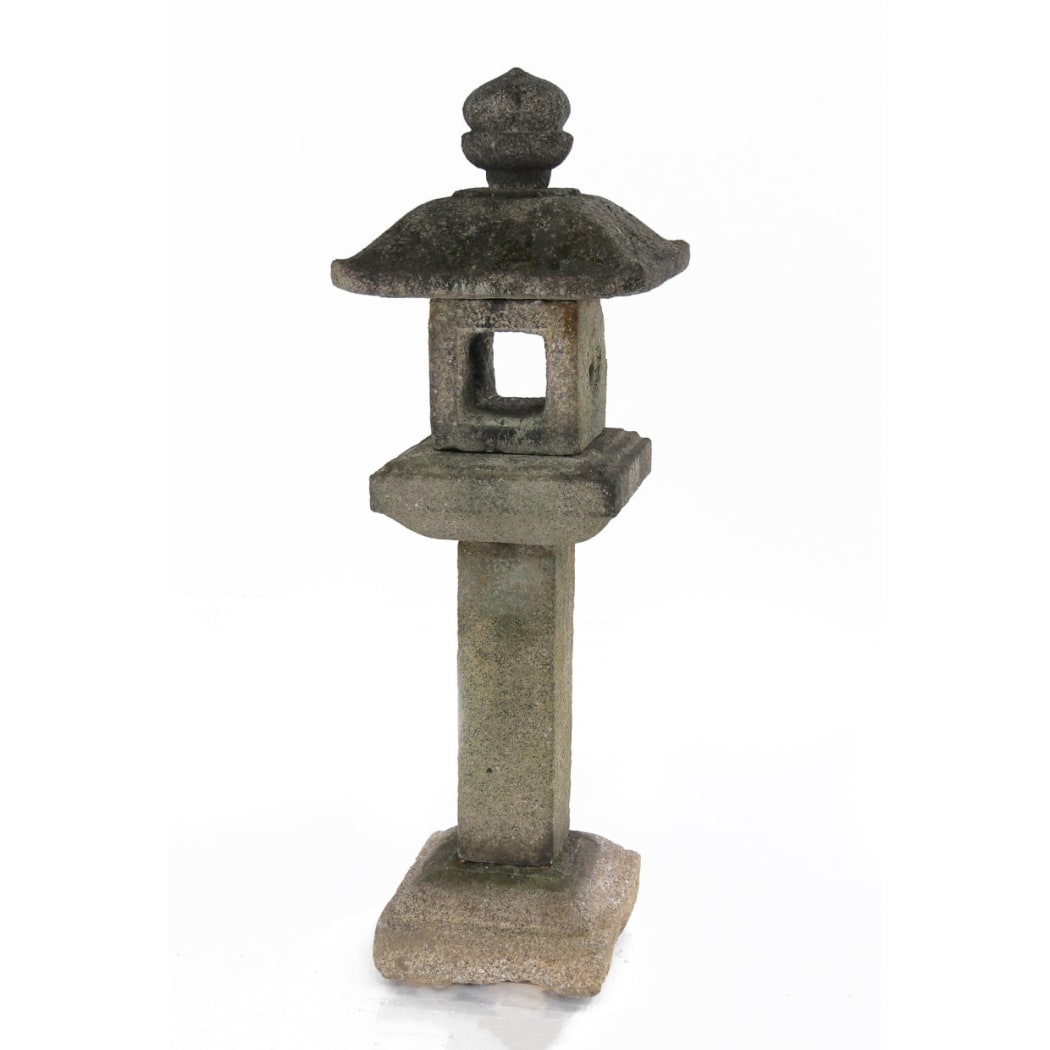
-

-
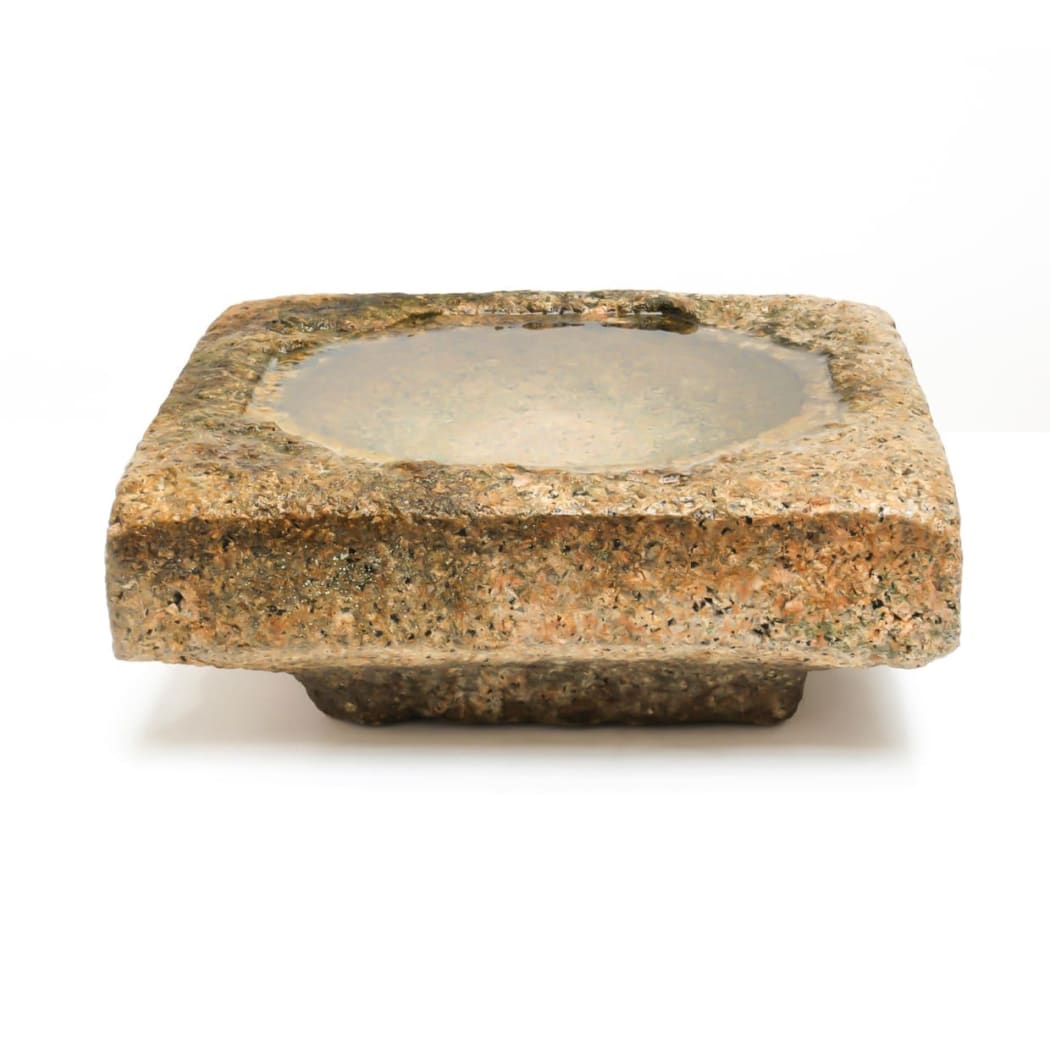
BASIN
STONESThe exact history of basins in Japan is not clear. The oldest dated basin exists in the Joruri-ji temple in Kyoto, with an engraving from 1269. However, the tradition of cleaning one’s hands in a basin before entering a temple has existed for much longer. (basin photos by David Stroud)
-
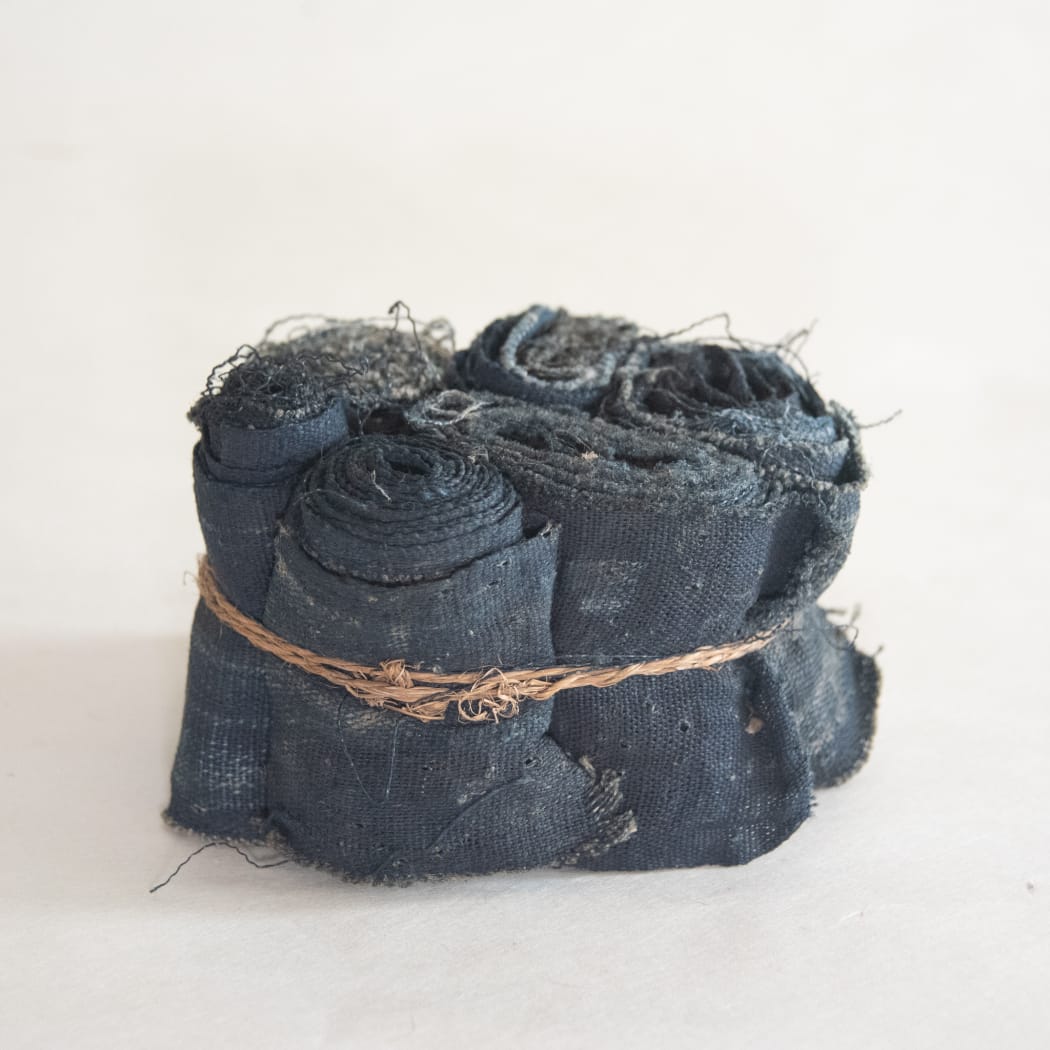
Some objects contain a charisma that is undeniable, despite their function or lack thereof. This bundle of the discarded ends of tatami mats, from the mid to late Edo period, is full of it.
-

Toriawase is a centuries-old way of enjoying art works rooted in the culture of the Way of Tea – Tea Ceremony. The literal meaning of the word is: “pick up a few things and put them together.”
-
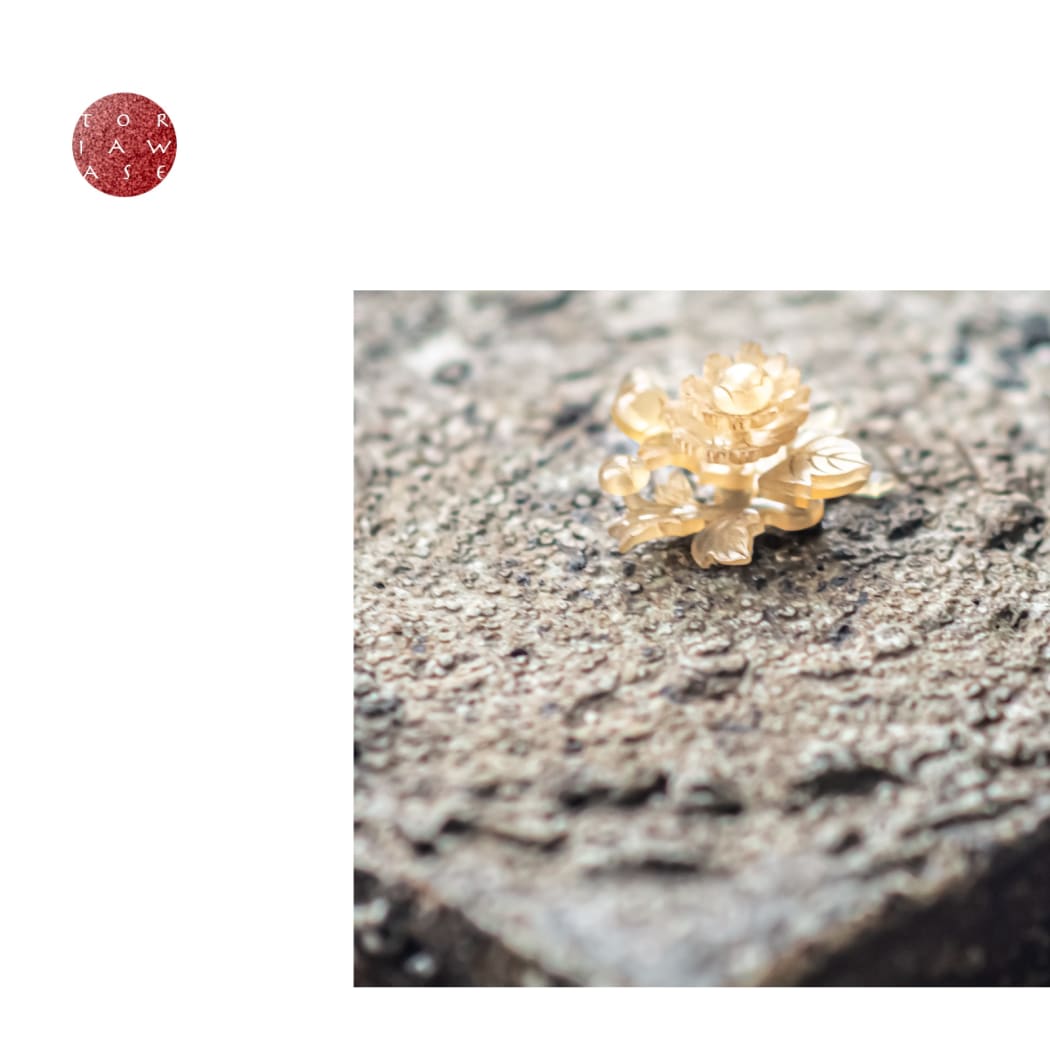
Until a few decades ago my family had been in the Kimono business in Kyoto for nearly two and a half centuries. The Way of Tea – Tea Ceremony culture had been a significant part of our life. When I was little, we hosted a tea event- Tea Ceremony once or twice a month. The preparations started with the careful selection of the theme, tea utensils, scroll, vase, flowers, menu, plates and bowls, etc. All aspects were discussed during several separate meetings with our tea master, Master Yabunouchi, our flower master, Master Nishikawa, and our chef, Chef Tsujitome, and my father and grandfather.
-
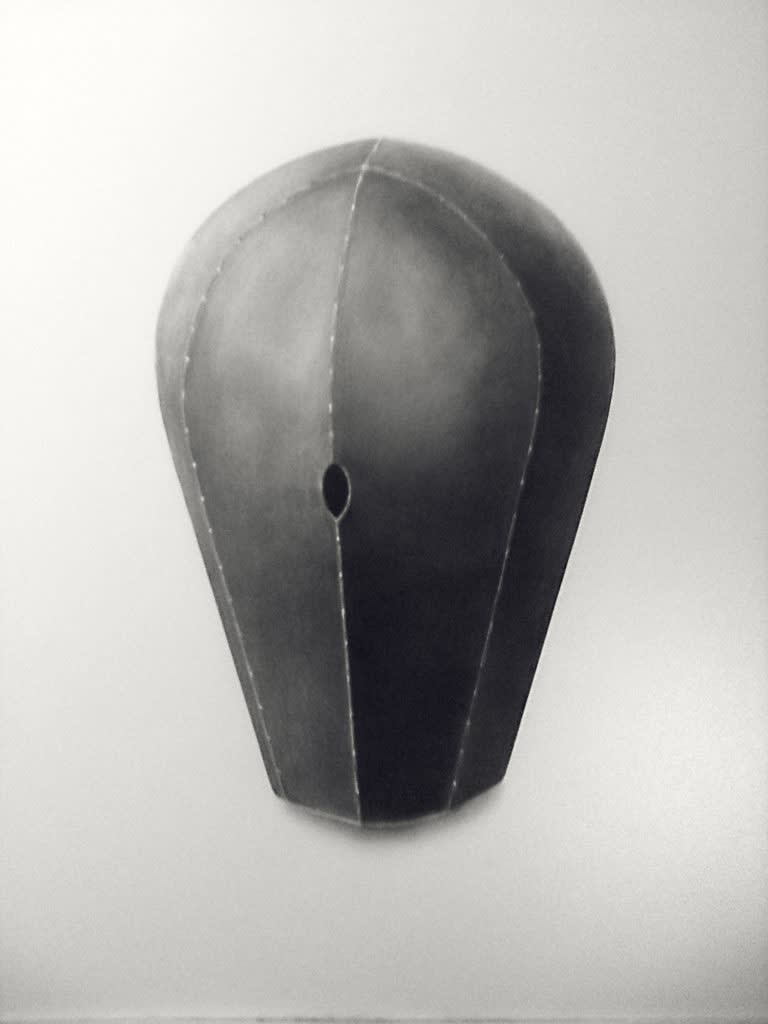 Toriawase - Marc D'Estout
Toriawase - Marc D'EstoutPeople often ask me, “How do I select art? How do I build a good, unique collection? How do I even know which piece is better than others?”
